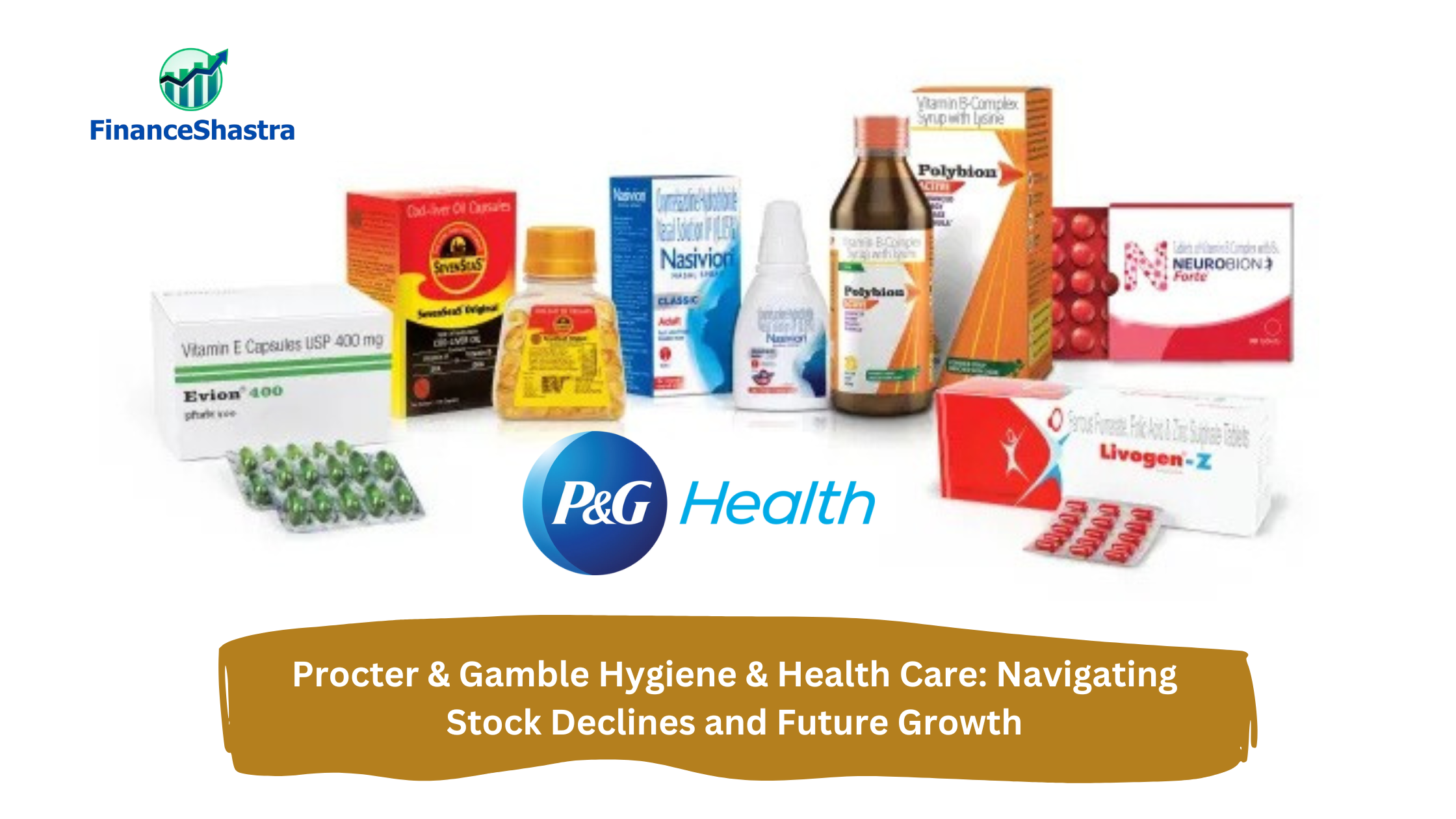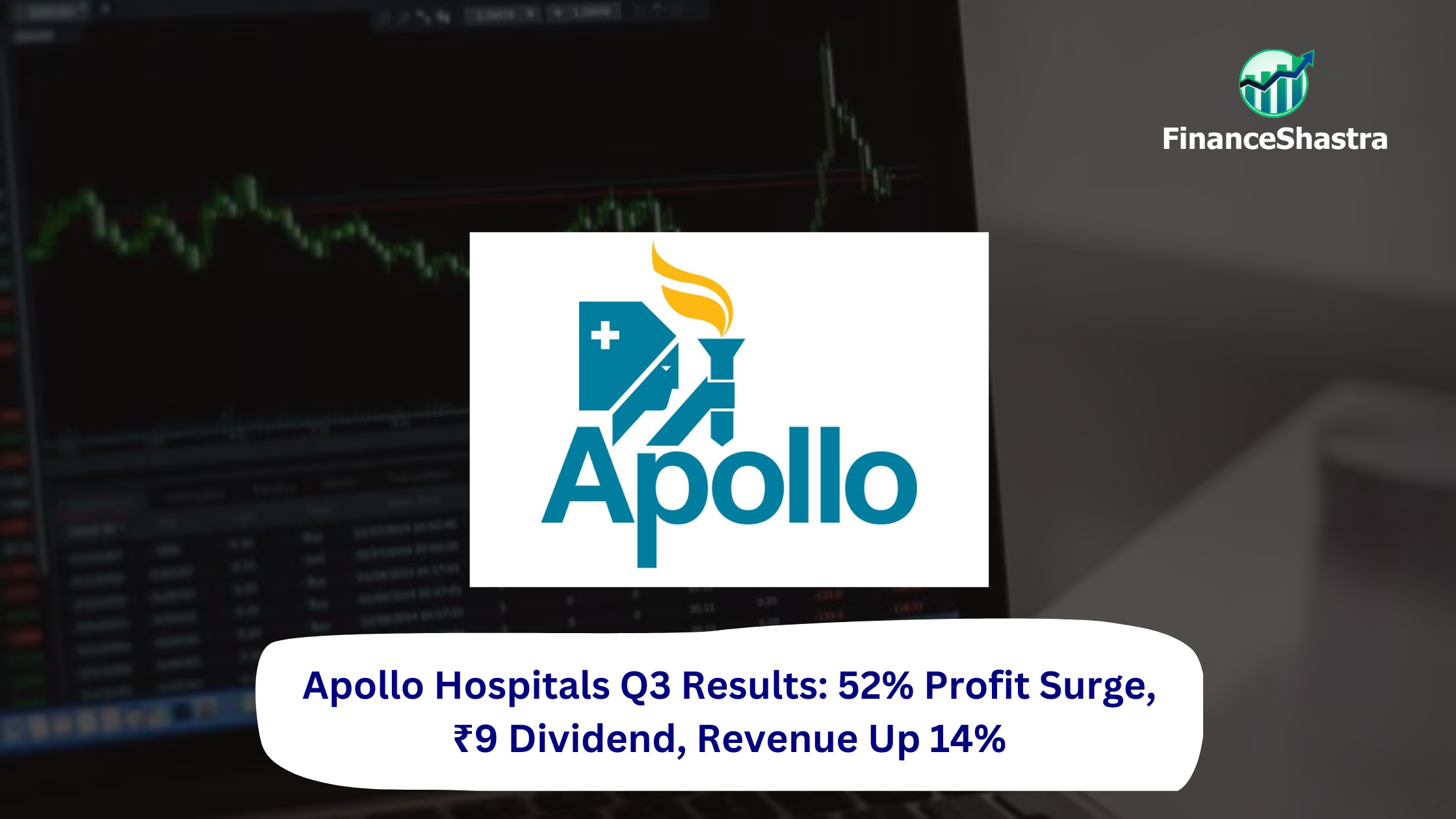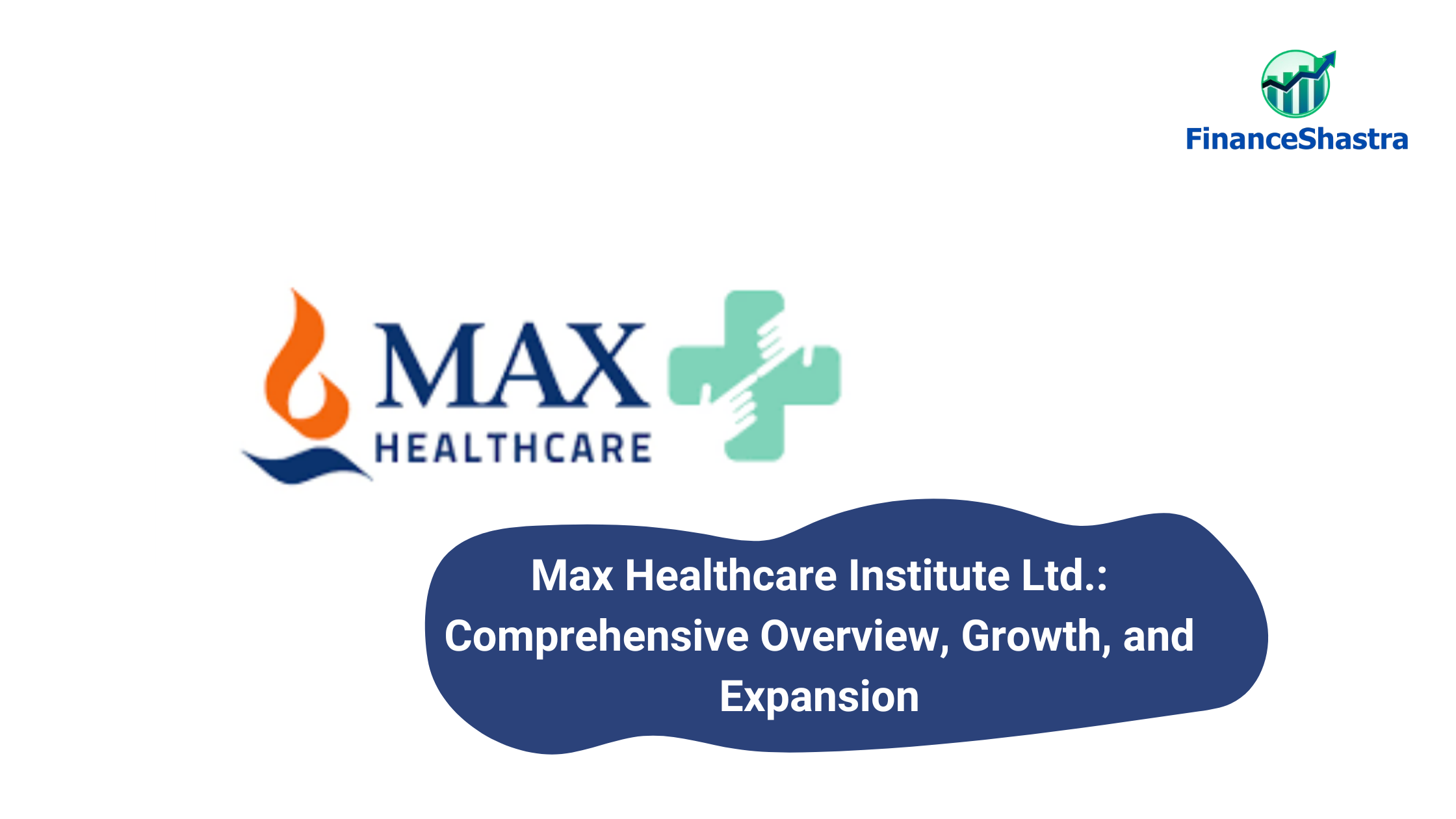Procter & Gamble Hygiene & Health Care Ltd: Navigating Stock Declines and Future Growth
Business and Industry Overview:
P&G Hygiene and Health Care Ltd is part of Procter & Gamble. It is a company that makes products people use every day. P&G has been in business for over 180 years. It understands what people need and creates products to solve problems. Some of its well-known brands are Whisper, Vicks, and Old Spice. The company uses research and new technology to make better products. It has created many new and useful products. A researcher once made a mistake while working on food wrap. This mistake led to the invention of Crest Whitestrips, which help make teeth whiter. Another team looked at how diapers and liquid cleaners absorb liquid. They used this idea to create Swiffer, a new and easy-to-use mop. P&G also made Pampers, which changed how parents take care of babies. P&G does more than just make products. It also helps people. The company started the Always #LikeAGirl campaign. This campaign showed that “like a girl” should not be an insult. It gave confidence to young girls. P&G also launched the “Thank You, Mom” campaign. It supports mothers of athletes. The company also helps during disasters. Its Tide Loads of Hope program washes clothes for families in need. It has always tried to make life easier. It created Crest, the first toothpaste with fluoride. This helped people prevent cavities. It made Febreze, which removes bad smells instead of covering them. It invented Tide Pods, which have detergent, stain remover, and brightener in one. Another smart product is Bounce dryer sheets. They stop clothes from sticking together. P&G also cares about its workers and communities. It was the first company in its industry to hire women in Saudi Arabia. It supports LGBTQ+ people. It is working to protect the environment. It is making recyclable packaging. It is also saving water in products like Head & Shoulders and Tide. P&G continues to create new products. It uses advanced technology. It helps people around the world. It wants to make life better. It also wants to protect nature and build a good future.
India’s healthcare industry is growing very fast. In 2016, it was worth $110 billion. By 2025, it will grow to $638 billion. The healthcare industry provides jobs to many people. In 2024, 7.5 million people were working in this sector. The demand for healthcare workers is increasing. By 2030, the need for doctors and nurses will double. This demand is growing in India and other countries. However, there is a shortage of healthcare workers. India has only 1.7 nurses for every 1,000 people. There is only one doctor for every 1,500 people. The government is spending more money on healthcare. In 2024, it spent 1.9% of the country’s total income (GDP) on healthcare. In 2023, this amount was 1.6%. The goal is to increase it to 2.5% by 2025. Private companies are also investing in healthcare. In early 2024, they invested over $1 billion in the industry. This is 220% more than last year. India has two types of healthcare systems. The government provides free healthcare in rural areas. These are called Primary Healthcare Centers (PHCs). They offer basic health services. Private hospitals provide advanced treatment in cities. Most people prefer private hospitals for serious medical care. Technology is playing a big role in healthcare. More people will get jobs in health-tech. In 2024, hiring in this sector will increase by 15-20%. The e-health market is also growing fast. By 2025, it will be worth $10.6 billion.
India is also improving its doctor-to-population ratio. There is now one doctor for every 854 people. This is better than before. With more hospitals, better technology, and trained doctors, the future of Indian healthcare looks strong.
Procter & Gamble Hygiene and Health Care Ltd (P&G India) is a well-known company in India. It sells hygiene and healthcare products. It is a part of Procter & Gamble (P&G), a global company. P&G India owns popular brands like Whisper, Vicks, Ariel, Tide, and Gillette. These brands are trusted by millions of people. The company has a strong reputation. Customers trust P&G because its products are safe, effective, and high quality. The company spends a lot of money on advertising. It promotes its products on TV, social media, and through celebrities. This makes more people aware of the brand. It helps in building customer loyalty. P&G India has a large distribution network. Its products are sold in supermarkets, small shops, pharmacies, and online stores. This makes it easy for customers to buy their products from anywhere. The company focuses on innovation. It improves its products to meet customer needs. Whisper offers comfortable, thin, and long-lasting sanitary pads. Vicks provides cough syrups, inhalers, and lozenges. These products are used in many Indian homes. P&G India also runs social awareness programs. It educates people about menstrual hygiene through campaigns like ‘Whisper Touch the Pickle’. It also works on health and hygiene programs in schools. These initiatives help in improving public health. The company faces strong competition. Its main competitors are Hindustan Unilever (HUL), Johnson & Johnson, ITC, and Dabur. Many local brands sell similar products at lower prices. This increases competition in the market.
However, P&G India remains a market leader. It has strong brands, loyal customers, and innovative products. India’s healthcare and hygiene industry is growing fast. People are focusing more on cleanliness and personal care. They are willing to spend more on good products. This gives P&G India a great opportunity to grow even more in the future.
Latest Stock News:
Procter & Gamble Hygiene and Health Care Ltd (PGHH) has seen big movements in its stock price. On March 28, 2025, the stock closed at ₹16,928.45. This was an increase of ₹464.25 (2.82%) from the last trading day. This shows that more investors were buying the stock.
However, on March 27, 2025, the stock had fallen by 8.49%. This was unusual because the overall market was doing well. The drop could be due to market reactions, company news, or investors selling shares to book profits.
The company announced a dividend of ₹110 per share on January 31, 2025. The ex-dividend date was February 20, 2025. Investors who bought the stock after this date will not receive the dividend.
In the last year, the stock price has ranged between ₹12,105.60 and ₹17,745.00. This means the stock has gone up and down a lot. Investors have seen both profits and losses during this time.
PGHH has also announced a Board Meeting on May 27, 2025. In this meeting, the Board will check and approve the Audited Financial Results for the year ending March 31, 2025. They will also decide if another dividend should be given to shareholders.
The stock price changes show strong investor interest in PGHH. However, prices can fall suddenly. Investors should keep track of company news and market trends. It is always good to take advice from financial experts before making investment decisions.
Potentials:
Procter & Gamble Hygiene and Health Care Ltd (PGHH) has strong plans for the future. The company wants to improve its products. It is working on better quality, smarter packaging, and the right pricing. PGHH is also finding ways to reduce costs. It wants to work more efficiently to increase profits. The company is improving its supply chain. It wants to reduce delays in delivery. Faster delivery will help reach customers on time. PGHH is also using digital tools to track customer needs. It is studying market trends to stay ahead of competitors. PGHH cares about the environment. It has a goal to reach net-zero greenhouse gas emissions by 2040. By 2030, it aims to cut emissions by half. The company also wants to use only recyclable or reusable packaging. It is working to save water in factories. PGHH is focusing on hygiene awareness. It runs programs to educate children about hygiene. It also helps provide clean drinking water to poor areas. The company wants to grow in India. It is creating products that suit Indian customers. It is increasing advertisements to reach more people. PGHH is also focusing on selling online. Digital platforms will help connect with more customers. With these plans, PGHH aims to grow its business. It wants to keep customers happy. It also wants to help build a cleaner and healthier world.
Analyst Insights:
- Market capitalisation: ₹ 43,993 Cr.
- Current Price:₹ 13,553
- 52-Week High/Low: ₹ 17,748 / 12,106
- Stock P/E: 61.4
- Dividend Yield:1.43%
- Return on Capital Employed (ROCE): 112%
- Return on Equity (ROE): 78.9%
Procter & Gamble Hygiene and Health Care Ltd. (PGHH) is a strong company with excellent financial health. It has a high Return on Capital Employed (ROCE) of 112% and Return on Equity (ROE) of 78.9%, showing that it uses money well to generate profits. The company is completely debt-free, which makes it financially stable. It also pays 100% of its profits as dividends, making it a good choice for investors looking for regular income.
However, sales growth has been slow at 7.37% per year over the last five years, meaning the company is not expanding very fast. The stock is also expensive, with a Price-to-Earnings (P/E) ratio of 61.6, which is much higher than its competitors like Hindustan Unilever (P/E 51.28) and Colgate-Palmolive (P/E 44.44). This means investors are paying a high price for each rupee of profit.
PGHH has strong brands like Whisper and Vicks, which are leaders in their markets. But because of its high price and slow growth, the stock may not have much room to increase in value quickly. For now, it is best to hold the stock instead of buying more or selling it.





